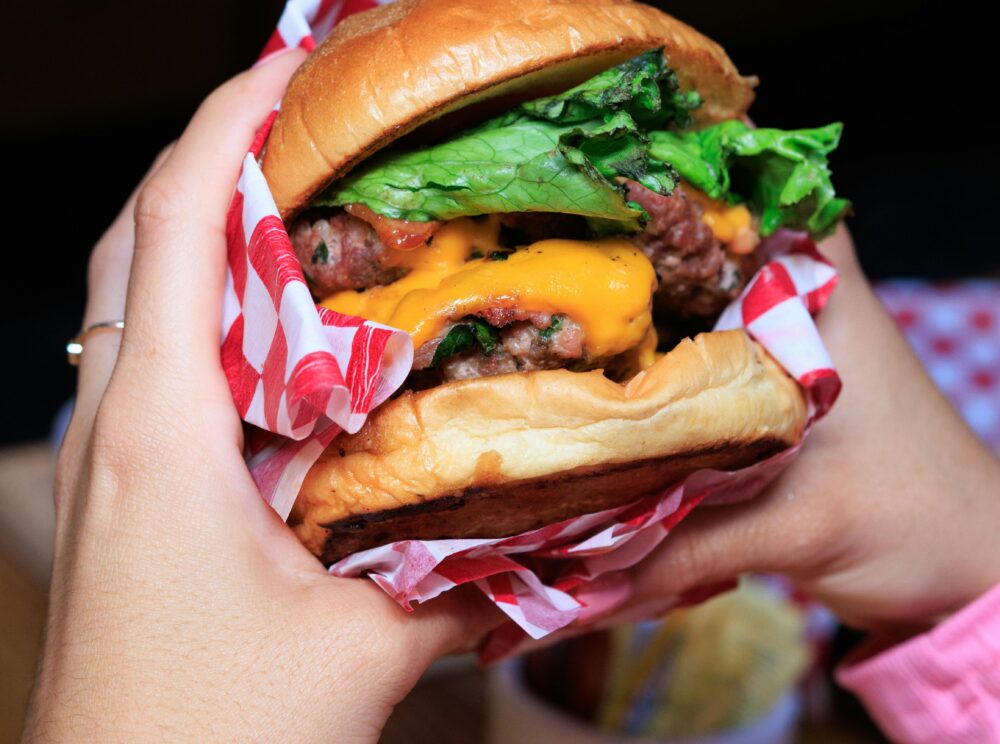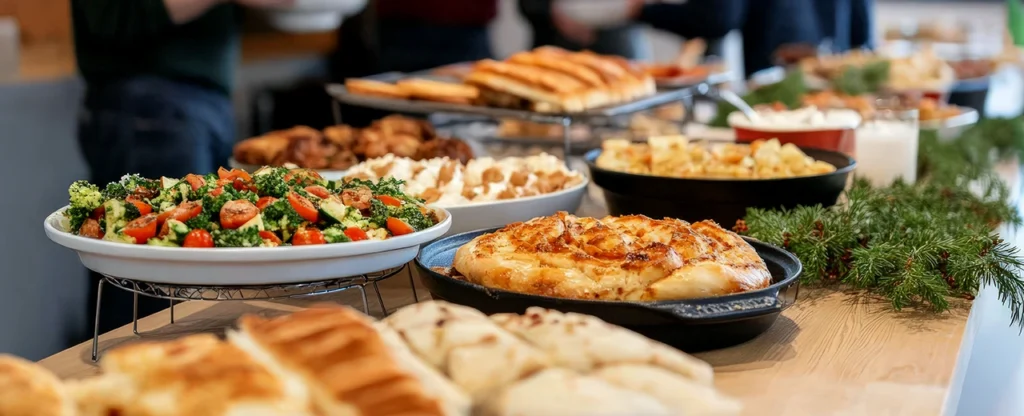
10 Foodservice Trends You Can’t Ignore in 2020
We all know that the fast casual foodservice world has changed radically over the past 10 years. Although the pace of growth is slowing, the category is here to stay. The last boom occurred during the recession, so if the economy slows, people will still look to chains as a source of affordable and satisfying meals.
Consumer tastes, automation and population trends will all have an impact on our sector. Those brands that will survive and thrive have one eye on the balance sheet and the other on the future. The year’s coming trends revolve around talent, technology and taste.
1. The war for the best people is raging, as tech-powered job search tools make job-hopping easier. In fact, short-cycle turnover (fewer than 90 days on the job) is now at 50%. Brands are looking more closely at retention data and exit interviews as guideposts in shaping their company cultures and onboarding, training and reward plans. The same way consumers influence brand tastes, employees will have more power than ever.
2. Minimum wage increases will continue to put pressure on the industry, and operators will look for alternatives to menu price increases to deal with the trend. (See #8)
3. Not only will boomers continue to represent a healthy percent of diners, but they can also be a significant part of the workforce, as active adults choose to work longer and look for jobs with flexibility.
4. Co-botting (people learning to work hand-in-hand with technology) will become commonplace, as foodservice establishments automate various functions.
5. More than 80% of people use smart phones to find places to eat. Your local sites need to be compelling and load quickly. Google’s profiles have become more comprehensive and play an important role in consumer decision-making. They have, in effect, become mini local websites. Multi-unit businesses need to constantly stay on top of specials, reviews, openings and closings.
6. “Alexa…where can I get pizza at 2 a.m. near me?” Voice devices will become commonplace. People will not only speak to their phones, watches and home-based devices, but eyeglasses and jewelry are also part of the Internet of Things ecosystem. Fast casual restaurants need to know the most common questions and ensure the answer is their locations as voice search becomes commonplace.
7. Social media will continue to play a huge role in brand image and new customer acquisition. Millennials and Gen Z are 99 percent more likely to rely on social media and online reviews than other groups when making restaurant choices.
8. Limited-time menu items, supported by effective advertising, PR, promotion and organic and viral social media buzz can create a tremendous short-term sales boost. This consumer-facing site tracks and reports hot deals, giving deal- and experience-hungry consumers an easy way to find what’s new and unique.
9. Plant-based alternatives and food delivery are here to stay for the foreseeable future. Sustainability is important to tomorrow’s diners, as are healthy kids’ menu options.
10. The “fast” in “fast casual” will accelerate. About 50% of consumers say that self-service kiosks improve their experience, and people who order online rank speed ahead of value and food quality.
One last trend…despite the digitizing and of the foodservice industry, professionals will continue to seek out and participate in live events and conferences so they can share best practices, celebrate successes and learn from others in their industry. In fact, attendance at industry events shows no sign of slowing and attendees seek out those events that are most relevant to their niche — rather than broad horizontal gatherings.
Those businesses that stay one step ahead and innovate — the foodservice establishments with 2020 vision — will be those that will be standing and booming in 2030.
Source: Nancy A. Shenker; Food Truck Operator [LINK]









